Computational and structural study of ORF4 protein on human coronavirus 229E
- sharmabhargy
- Jun 9
- 1 min read
Coronaviruses derive their name from the presence of a crown-like structure composed of protein spikes that envelops their outer membrane surface. SARS-CoV-2 consists of 29 proteins- including structural proteins, non-structural proteins, and accessory proteins. While there have been many structural and functional studies on structural proteins, including the Envelope protein and Spike protein in the past 5 years, there is still a lack of understanding on the non-structural and accessory proteins, with varied findings particularly in terms of their structure, role, and inhibition mechanisms. The largest accessory protein, ORF3a, spans three layers of a membrane and consists of four identical subunits and believed to be a viroporin. It functions as an ion channel that is sensitive to potassium ions, and key for virus-host interactions during the infection cycle. In this work, our objective is to gain a deeper understanding of the elusive roles of the ORF3a and its analogues among all the clades of coronaviruses using computational and biophysical methods. We analyze the key conserved regions and the structural characteristics of the ORF3a counterparts in different genera of coronaviruses. We employ electron microscopy to examine the structure of the analogue ORF4 protein in human coronavirus 229E, responsible for typical flu symptoms. Our objective is to evaluate the helical configurations proposed by its counterpart, ORF3a, in SARS-CoV-2. Our objective is to elucidate the structure and function of these accessory proteins, potential ion channels. Biophysical approaches are employed to study the structural properties these ion channels in vitro, and work towards finding inhibitory mechanisms to reduce the viral infections.





Comments